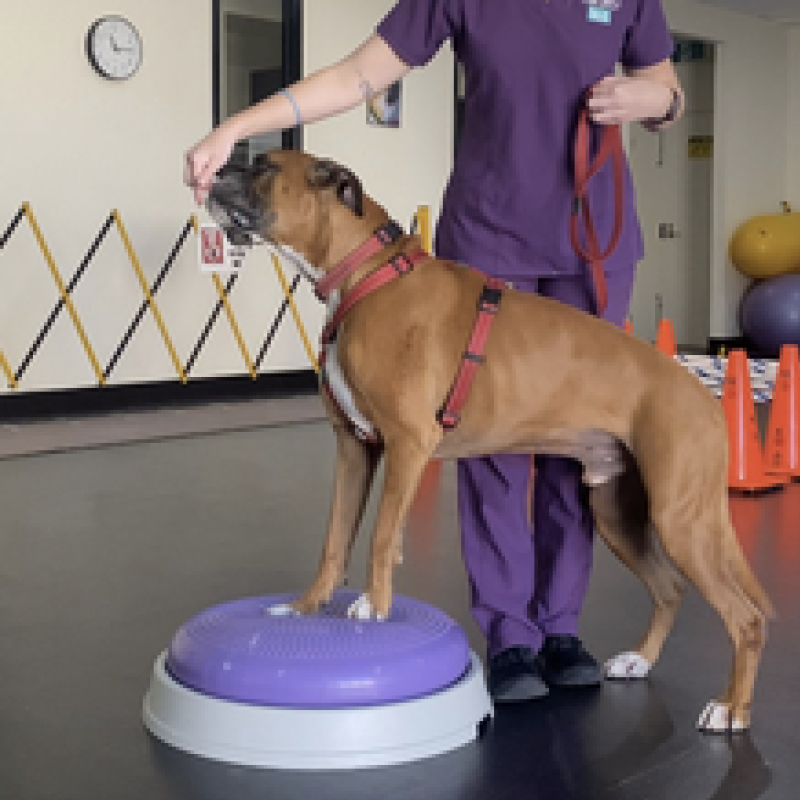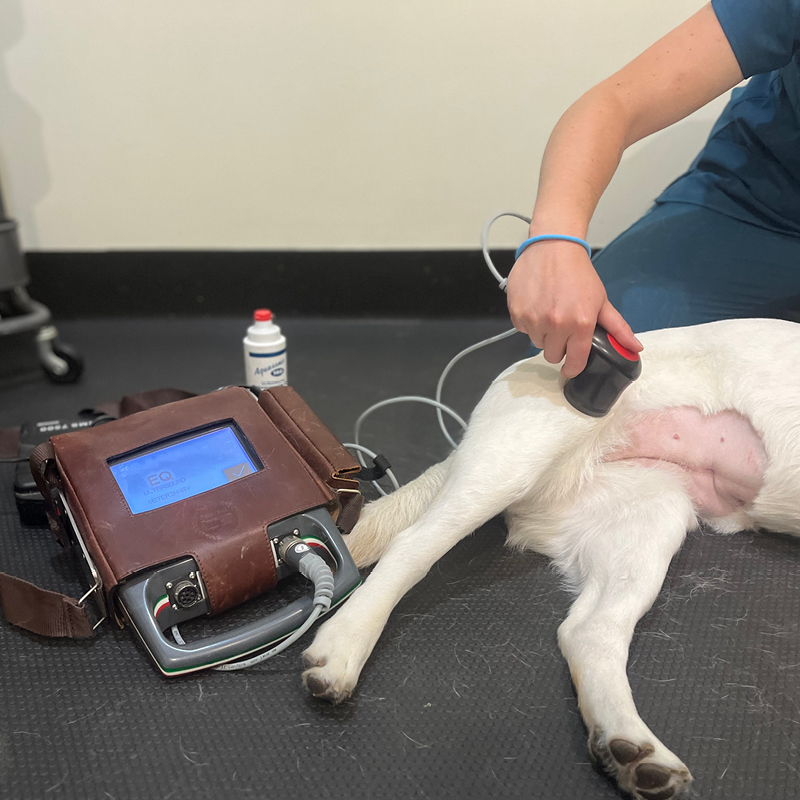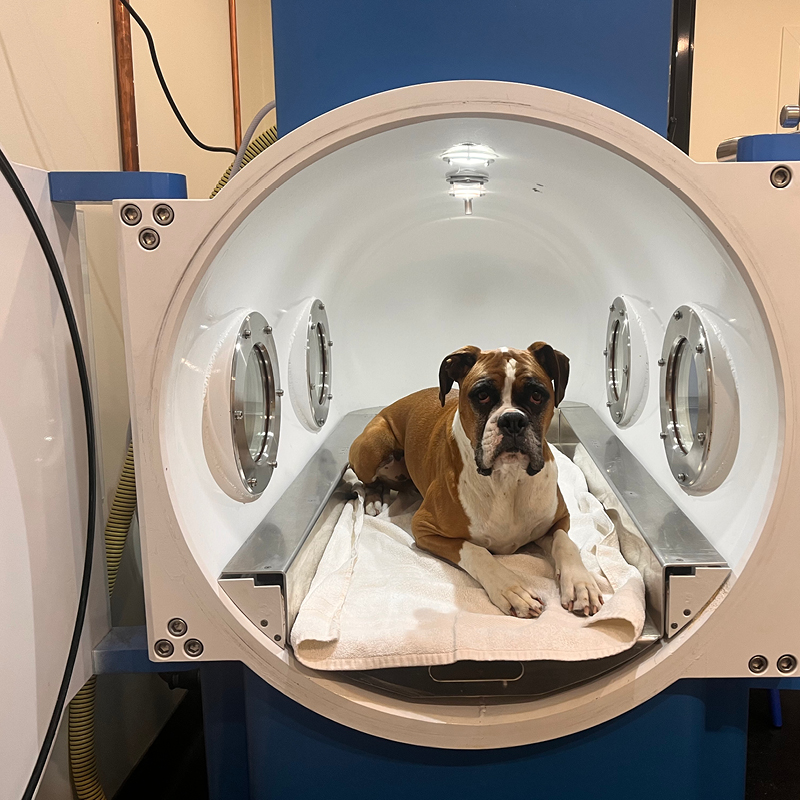There are multiple changes that occur because of the ageing process. Most of these conditions are chronic and require lifelong treatment and management. These changes are progressive and are accelerated by stress, environmental and genetic factors, malnutrition and lack of activity.
The increased likelihood of multiple condition being present in a geriatric dog warrants a thorough medical and physical evaluation before a rehabilitation is designed as some can affect the success of a rehabilitation program.
General clinic signs of osteoarthritis such as weakness, lethargy and exercise intolerance can also be signs of other medical disease processes and therefore diagnosis is a must to ensure we are treating correctly.
For example – endocrine disorders and neoplasia have associated neurological and musculoskeletal involvement and can be misdiagnosed a musculoskeletal condition and the retaliation program created based off that misdiagnosis can be detrimental to the patient.
The main goals when treating our geriatrics are to decrease pain and discomfort and maintain quality of life. Working together with owners to create a tailored plans consisting of nutritional needs, medical management, rehabilitation exercises as well as environmental adjustments can ensure our pets live long, pain free live.
Osteoarthritis
Joint disease is a common problem, effecting up to 20% of adult dogs. Traditionally and in the acute phase, management of osteoarthritis includes anti-inflammatory medication, arthritis supplements and a change of lifestyle.
More recent advances include weight management, therapeutic exercise and modalities such as laser therapy and under water treadmill, are used to reduce the severity of the clinic signs and decrease the need for medications that may cause further damage to internal organs if used long term.
All of the modalities are important to decrease pain, increase muscle strength and joint function, maintain an acceptable quality of life and slow the progression of the disease.
Muscle disuse caused by pain and inflammation, results in atrophy and weakness.
As muscles act as shock absorbers for joints, the more muscle we have, the more support the joint has. The less muscle we have, the more painful the joint can be. As always, every rehabilitation program is tailored to the condition of each patient and their owners to get the best outcome.
Palliative Care
Navigating the end stages of your pet’s life can be a difficult journey for pets and pet owners. It can involve difficult choices and the emotional challenge of accepting your pet’s changing health. Many owners need additional support and guidance during this time.
Palliative care is not just about managing symptoms — it’s about providing compassionate, holistic care for pets with conditions that cannot be cured. Whether due to chronic conditions or terminal illness, palliative care is designed to support pets by focusing on comfort, pain management, and maintaining quality of life during their final stages.
For pet owners, navigating palliative care can be incredibly difficult. The emotional toll of watching a pet in decline, making decisions about their comfort, and knowing when it’s time to say goodbye can be overwhelming. It’s important to recognise that while palliative care is designed to ease your pet’s pain, it is also about providing support for the family. Many pet owners find themselves needing emotional guidance and reassurance during this challenging time.
The primary goals of palliative care are to reduce pain and discomfort, while maintaining the best possible quality of life for your pet. This can involve a combination of pain management, nutritional support, medical treatment, and environmental adjustments to help your pet feel more at ease. In some cases, rehabilitative exercises or assistive devices may also be included to enhance mobility and comfort.
By focusing on these aspects, pet palliative care ensures that pets can live their remaining time in comfort, surrounded by love. It also allows families to navigate this period with dignity, knowing that they are doing everything possible to ease their pet’s pain and maintain their well-being.







